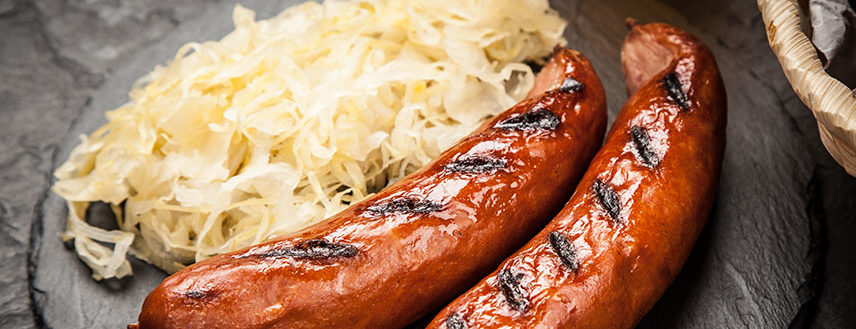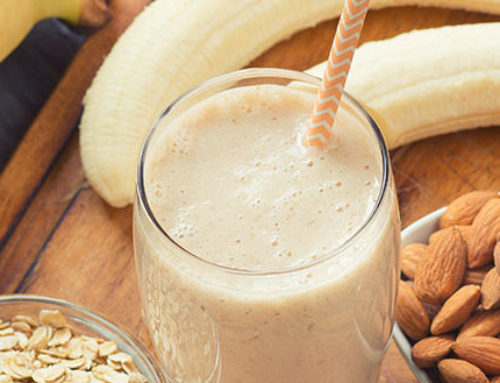
Autumn is one of the most beautiful seasons filled with colorful leaves and delicious fall foods. Pumpkin spice everything lines the shelves of grocery stores. However, if you suffer from chronic inflammation due to diabetes, arthritis or other illnesses, some of your favorites may actually increase inflammation. Here are the worst offenders:
- Processed Meat – Oktoberfest is all about smoked sausage, bratwurst and more! But all that processed meat can come at a cost. These foods tend to contain more AGE or advanced glycation end products than other forms, which are proven to trigger inflammatory effects. It’s better to replace processed meat with other healthier options, such as chicken or fish.
- Sugary Foods – It seems that as soon as the temperatures become cooler, we crave all the baked goods. From pumpkin muffins to apple pies and cider donuts, autumn brings the most delicious sweets and treats. The American Journal of Clinical Nutrition warns that processed sugars trigger the release of inflammatory messengers called cytokines. Sugar goes by many names so look out for any word ending in “ose,” i.e. fructose or sucrose on ingredient labels.
- Alcohol – Whether it’s beer at a fall festival, an afternoon at the vineyard or sipping a hot toddy on a cold evening by the fire with a friend, alcohol consumption can increase your risk of inflammation. Excessive alcohol use weakens liver function and disrupts other multi-organ interactions and can cause inflammation.
- Gluten – Comfort food often calls for a side of bread. From lasagna to chicken soup, it all seems better with a good crusty loaf of bread or side of rolls. But all that gluten can lead to unwanted inflammation. When a person with celiac disease or a gluten sensitivity eats gluten, the immune system jumps into action, causing inflammation. This inflammation can affect the body’s organs and soft tissue. You may not notice external signs of inflammation, such as redness and swelling, but you may notice other symptoms, such as joint pain.
Cutting back on foods that promote inflammation, increasing the proportion of fruits and vegetables in your diet, making chicken or fish your primary protein and including turmeric in your diet can make a big difference in battling inflammation this fall. The active ingredient in turmeric — curcumin — is what gives the spice its yellow color. Curcumin is more recently gaining attention for its anti-inflammatory properties, making it a potential treatment for a number of health conditions, including reduced pain and increased ease of movement in people with osteoarthritis.




